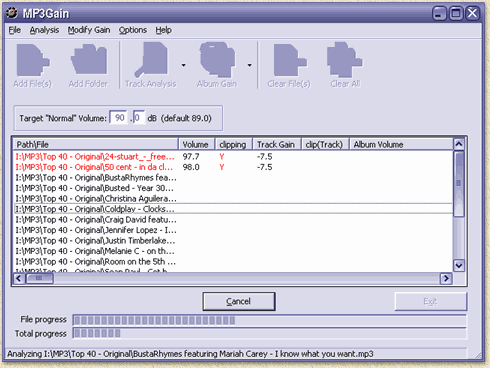
Estimating duration from bitrate, this may be inaccurate $ ffmpeg -i 2019.9.16.mp3 -filter:a volumedetect -f null /dev/nullįfmpeg version n4.3.1 Copyright (c) 2000-2020 the FFmpeg developersĬonfiguration: -prefix=/usr -disable-debug -disable-static -disable-stripping -enable-avisynth -enable-fontconfig -enable-gmp -enable-gnutls -enable-gpl -enable-ladspa -enable-libaom -enable-libass -enable-libbluray -enable-libdav1d -enable-libdrm -enable-libfreetype -enable-libfribidi -enable-libgsm -enable-libiec61883 -enable-libjack -enable-libmfx -enable-libmodplug -enable-libmp3lame -enable-libopencore_amrnb -enable-libopencore_amrwb -enable-libopenjpeg -enable-libopus -enable-libpulse -enable-librav1e -enable-libsoxr -enable-libspeex -enable-libsrt -enable-libssh -enable-libtheora -enable-libv4l2 -enable-libvidstab -enable-libvmaf -enable-libvorbis -enable-libvpx -enable-libwebp -enable-libx264 -enable-libx265 -enable-libxcb -enable-libxml2 -enable-libxvid -enable-nvdec -enable-nvenc -enable-omx -enable-shared -enable-version3 For example if max_volume is -5 dB, you can increase up to 5 dB (though you might want to do a bit less than that) using the volume filter above, e.g: ffmpeg -i input.mp3 -filter:a "volume=4dB" output.mp3įfmpeg -i input.mp3 -filter:a volumedetect -f null /dev/null If max_volume is less than 0 dB, you can increase it. It will give you the mean and max volume in dB. This will probably create lots of noise in the output fileĮDIT2: To see how much it is safe to increase the volume you can run: ffmpeg -i input.mp3 -filter:a volumedetect -f null /dev/null If you want to force clipping you can override this safety behaviour: ffmpeg -i input.mp3 -filter:a "volume=50:replaygain_noclip=0" output.mp3 Thus, save your input file.ĮDIT: By default, ffmpeg somewhat prevents clipping, so it should not increase the volume by more than it should (though, upon testing, I’ve had mixed results).

Clipping is destructive, so when you increase the volume beyond what is good, decreasing the volume will not fix the issue. You can also use "volume=-5dB" to decrease the volume.īeware of clipping, which is an ugly distortion in the sound brought about by increasing the volume above the maximum that the waveform can hold. You can also use dB (decibels) to specify volume: ffmpeg -i input.mp3 -filter:a "volume=5dB" output.mp3 multiply by 1.25, multiplying by a number less than one will decrease the volume). This will increase the volume of input.mp3 (obviously, replace with the actual file name) by 25% (i.e. ffmpeg -i input.mp3 -filter:a "volume=1.25" output.mp3 I would appreciate if someone could shed some light on this as normalizing mp3s is a recurring process and i don't want to do anything wrong there.You can use ffmpeg for that. does it mean that those tracks were already too loud and now were set down in volume to avoid the loudest part being cut? if so, what should i do with this tracks now as they are clearly quieter then the others and i'll just have to boost them up with the gain on the external mixer and thats basically what i want to avoid and therefore use mp3gain. You see the two tracks with the clipping indication in the clip track column were changed (1st from 94.2db to 92.7db, 2nd from 97.1db to 94.1db) but not to the targeted volume of 95db. Now i process the files (with the avoid clipping option on) and it looks like this: When i analize some of my track it looks like this:Īs much as i understood i don't have to care about the clipping indication in the clipping column although i don't realy understand what this is meant to tell me. just for clarification here's a pic showing what clipping is: clipping is bad and there has to be a reason for it being indicated in mp3gain. but i want to make sure that this has no impact on the quality of the mp3s.

I chose 96db because in Traktor, this is where the auto-gain seems to think the mp3 is closest to the desired volume and will apply less than 1db of adjustment.thats basically what i've done till now without caring if the tracks were red and clipping indicated in mp3gain. Just add files or your entire folder, analyze the tracks, choose a target volume, and apply the “track gain” to the files.


 0 kommentar(er)
0 kommentar(er)
